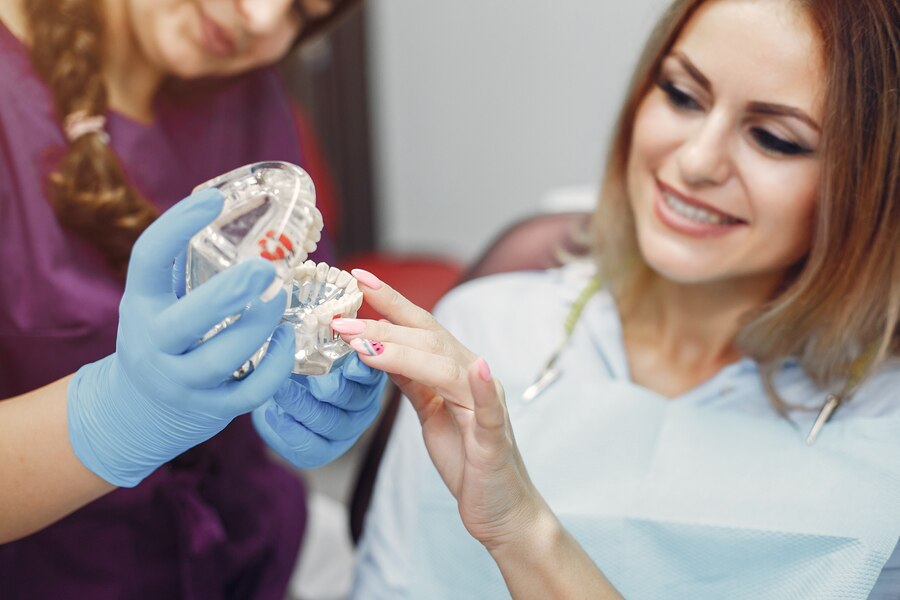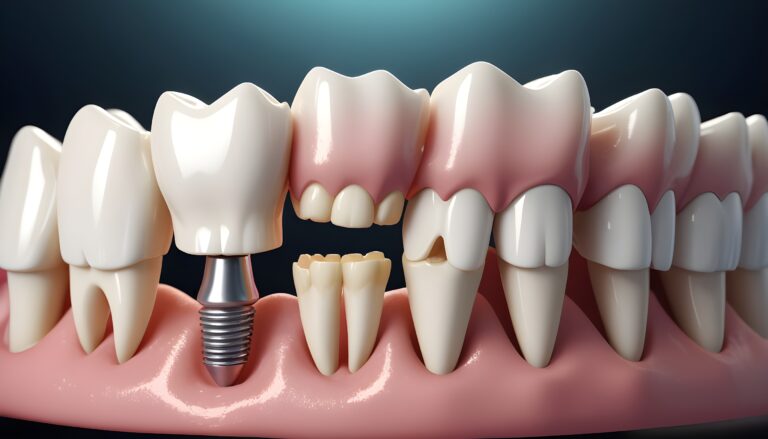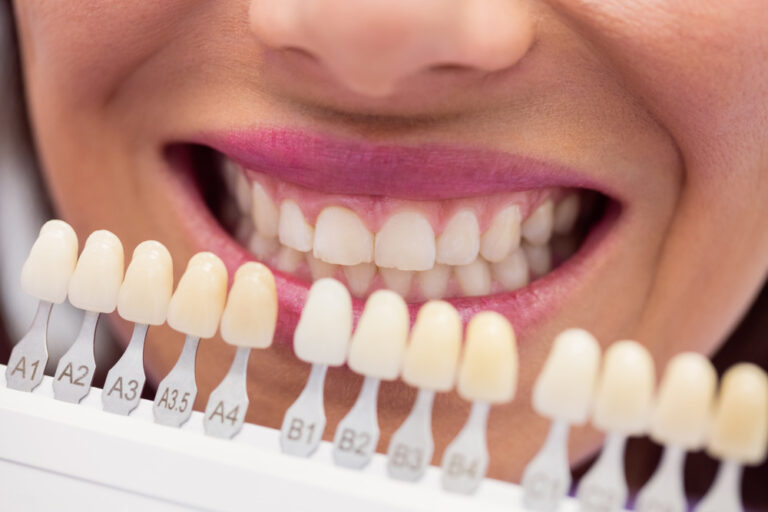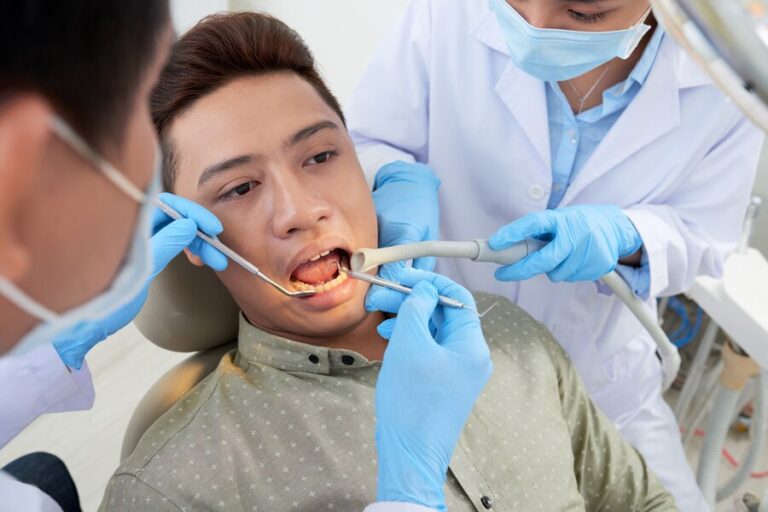A dental bridge for front teeth can be a transformative solution for individuals seeking to restore their smile and regain functional aesthetics. Whether you’re considering getting a dental bridge or have recently undergone the procedure, understanding the dental bridge front teeth before and after care is crucial for ensuring optimal results. In this blog, we’ll explore essential tips to guide you through the process, from the initial stages to long-term maintenance.
Before the Dental Bridge Procedure:
1. Choose a Skilled and Experienced Dentist:
The foundation of a successful dental bridge procedure lies in your dentist’s expertise. Before deciding to undergo the treatment, carefully research and select a dentist who specializes in restorative dentistry, particularly dental bridges. Look for credentials, reviews, and before-and-after photos to gauge their proficiency in achieving natural-looking results.
2. Thorough Consultation and Treatment Planning:
A comprehensive consultation with your dentist is essential to discuss your goals, evaluate your oral health, and formulate a tailored treatment plan. During this stage, inquire about the different types of dental bridges available, such as traditional, cantilever, or Maryland bridges. Your dentist will help you choose the most suitable option based on your specific case, ensuring a customized approach for optimal results.
3. Understand the Procedure and Aftercare Requirements:
Before the procedure, ensure that you fully understand the dental bridge process and the aftercare requirements. Discuss the anticipated timeline, potential discomfort during and after the procedure, and any restrictions on eating or oral hygiene practices. This knowledge will help you prepare mentally and make the necessary arrangements for a smooth recovery.
After Getting a Dental Bridge for Front Teeth:
1. Follow Post-Operative Instructions:
After the dental bridge procedure, your dentist will provide detailed post-operative instructions. Follow these guidelines diligently to promote proper healing and prevent complications. This may include recommendations on managing discomfort, maintaining oral hygiene, and adhering to dietary restrictions during the initial recovery period.
2. Practice Excellent Oral Hygiene:
Maintaining excellent oral hygiene is paramount for the longevity of your dental bridge. Brush your teeth at least twice a day with a soft-bristled toothbrush, paying extra attention to the bridge area. Floss daily to remove plaque and debris between teeth, using floss threaders or interdental brushes to access hard-to-reach areas around the bridge.
3. Attend Regular Dental Check-Ups:
Scheduled follow-up appointments with your dentist are crucial for monitoring the condition of your dental bridge and addressing any concerns promptly. These check-ups allow your dentist to assess the stability of the bridge, make adjustments if necessary, and provide professional cleaning to prevent the accumulation of plaque and tartar.
4. Be Mindful of Dietary Choices:
While dental bridges are durable, certain dietary precautions can contribute to their long-term success. Avoid chewing on hard or sticky foods that could exert excessive pressure on the bridge or potentially dislodge it. Opt for a balanced diet rich in vitamins and minerals to support overall oral health and healing.
5. Address Discomfort or Issues Promptly:
If you experience any discomfort, unusual sensations, or issues with your dental bridge, do not hesitate to contact your dentist promptly. Early intervention can prevent complications and ensure that adjustments are made to maintain the functionality and aesthetics of the bridge.
6. Consider Mouthguard Usage:
For individuals who engage in contact sports or teeth-grinding habits, wearing a custom-made mouthguard can provide an extra layer of protection for the dental bridge. Consult with your dentist to determine the most suitable type of mouthguard for your needs.
Long-Term Maintenance Tips:
1. Maintain a Consistent Oral Care Routine:
As time progresses, sustaining a consistent oral care routine becomes increasingly critical. Continue to brush, floss, and use an antiseptic mouthwash regularly to prevent decay, gum disease, and other oral health issues that could impact the stability of your dental bridge.
2. Monitor Changes in Bite or Speech:
Pay attention to any changes in your bite or speech patterns, as these could indicate shifts in the position or integrity of the dental bridge. If you notice anything unusual, schedule a dental appointment promptly for a thorough examination.
3. Plan for Eventual Bridge Replacement:
While dental bridges can last for many years with proper care, they may eventually require replacement due to wear and tear. Plan for this eventuality by discussing a long-term maintenance and replacement strategy with your dentist.
Conclusion
In conclusion, a dental bridge for front teeth can be a life-changing solution for individuals seeking to restore their smile and oral function. By prioritizing careful consideration before the procedure, following post-operative instructions, and maintaining diligent oral hygiene practices afterward, you can enjoy optimal results for years to come. We hope that our little guide on the dental bridge front teeth before and after tips has helped you out in making your decisions. Remember that regular dental check-ups and proactive communication with your dentist are key components of successful long-term care. Following these guidelines will help you get the most out of your new dental bridge and restore your self-esteem.





